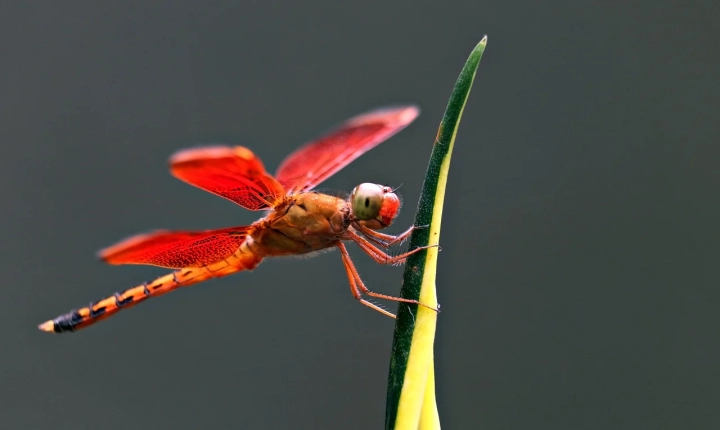Can ChatGPT Create a Video?
Creating videos has become a crucial aspect of content creation in the digital age. From marketing to education, entertainment to communication, videos have become a powerful medium for conveying information and engaging audiences. With the rise of artificial intelligence (AI) and natural language processing (NLP), the question arises: can AI, specifically ChatGPT, create a video?
ChatGPT, developed by OpenAI, is a language model that uses machine learning to generate human-like text based on the input it receives. It has shown impressive capabilities in generating coherent and contextually relevant responses to text prompts, and it has been used for a wide range of applications, including chatbots, content generation, and more. However, when it comes to creating videos, ChatGPT, or any other AI language model for that matter, faces several limitations.
One of the primary challenges in creating videos using AI language models is the integration of visual and audio elements. While ChatGPT excels in generating text-based content, it lacks the ability to produce or process visual and auditory components that are essential in video creation. Without the capability to handle multimedia content, the AI language model alone cannot produce a complete video.
Furthermore, video creation involves complex aspects such as video editing, animation, sound design, and more. These tasks require a deep understanding of visual and auditory aesthetics, timing, and storytelling, which are beyond the scope of current AI language models. While AI can assist in automating certain aspects of video production, such as text-to-speech synthesis or video editing based on predefined parameters, the creative decision-making and artistic intuition involved in video creation remain a distinctly human skill.
However, it is important to note that AI technology has made significant strides in video generation and manipulation. There are AI-powered tools and platforms that can automate certain aspects of video production, such as generating animated visuals or assisting with editing tasks. These tools leverage machine learning algorithms to streamline the video creation process and enhance efficiency, but they still rely on human input and oversight to ensure the quality and coherence of the final product.
While ChatGPT and AI language models have limitations in directly creating videos, they can certainly play a valuable role in the pre-production and post-production stages of video creation. For instance, AI can be used to generate script ideas, brainstorm visual concepts, or automatically transcribe and translate video content. Additionally, AI-powered tools can assist in tasks such as subtitling, voiceover generation, and content analysis, thereby enhancing the overall video production workflow.
In conclusion, while ChatGPT and other AI language models have demonstrated remarkable capabilities in text-based content generation, the creation of videos remains a challenge beyond their current scope. While AI can automate certain aspects of video production and contribute to the overall workflow, the creative and artistic elements of video creation continue to require human expertise. As AI technology continues to advance, it is likely that we will see further integration of AI in video production processes, but for now, the creation of high-quality, engaging videos remains firmly in the hands of human creators.
